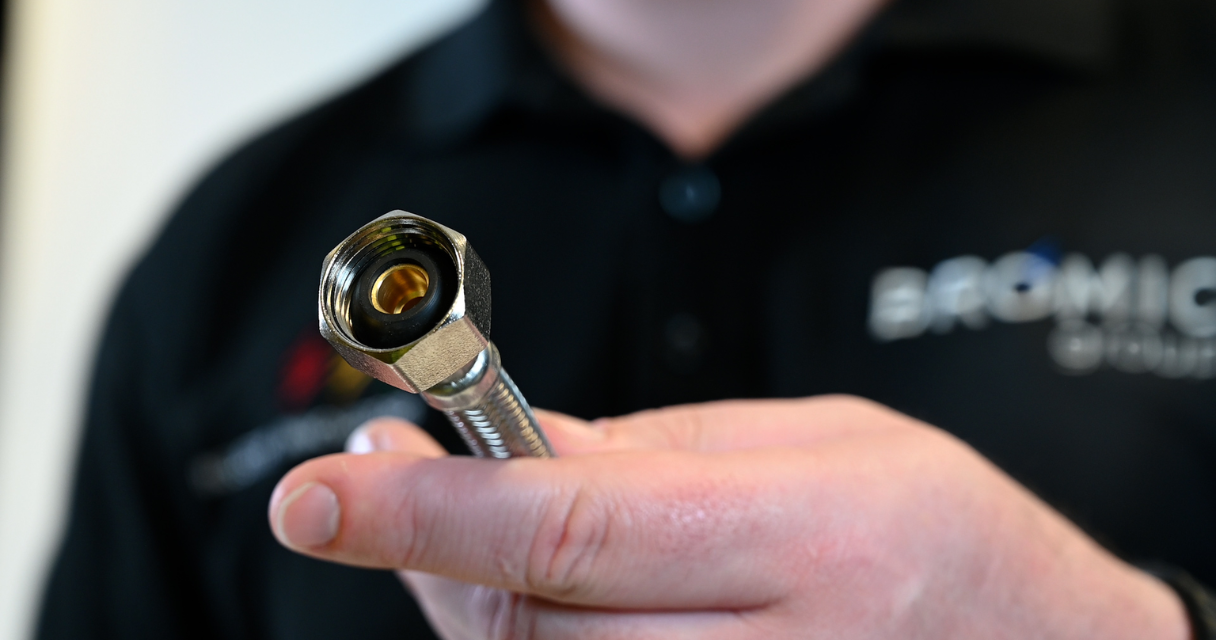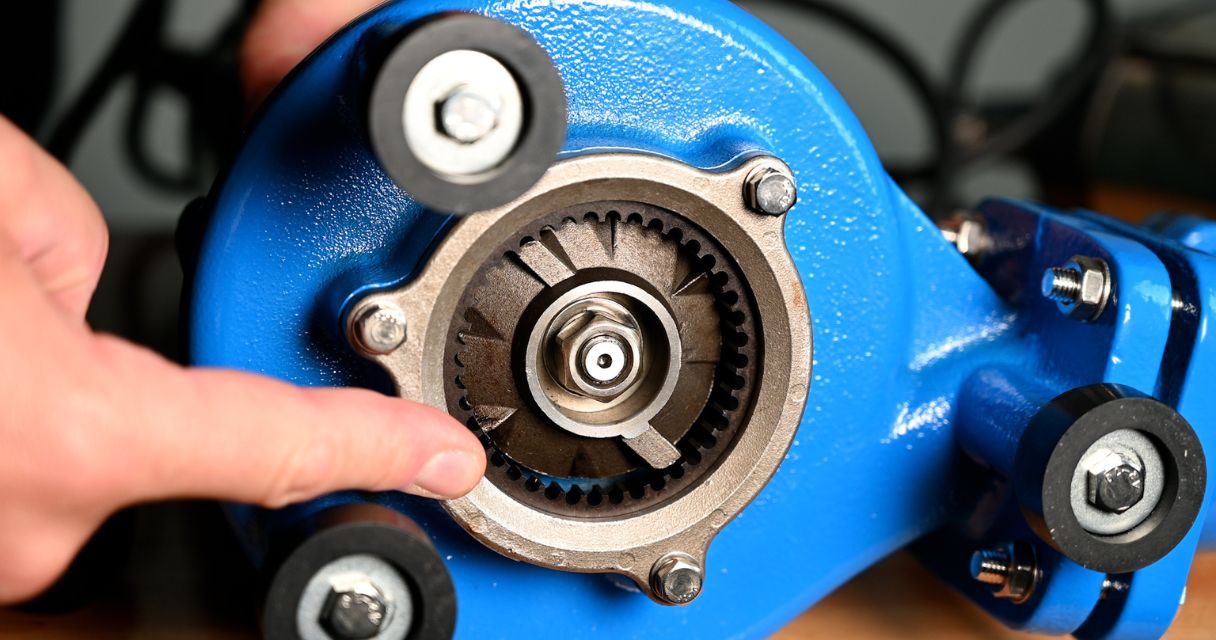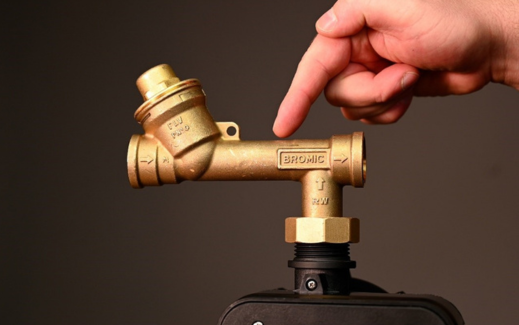Manual changeover and automatic changeover dual-stage gas regulators are used for multi-LPG cylinder setups.
Once one LPG cylinder runs out, an automatic changeover regulator will automatically switch from using one gas cylinder to another. For manual changeover regulators, the user will need to manually reset the valve after the first gas cylinder runs out.
Manual Changeover Gas Regulators
- PRO: Less likely to end up with two empty gas cylinders
- CON: Have to pause gas usage to manually go outside to switch the gas cylinder
Automatic Changeover Gas Regulators
- PRO: Switches cylinder when 1 runs out, without having to pause gas usage
- CON: Need to routinely inspect the gas regular indicator to ensure the gas bottles are not empty. This must be done up to every month, depending on gas usage
To suit your preferences, Bromic supplies both automatic and manual changeover gas regulators.




